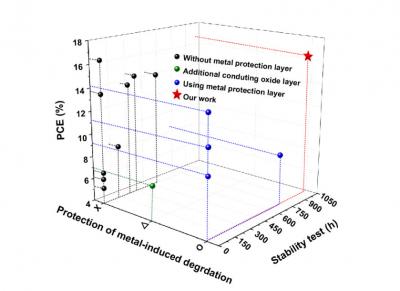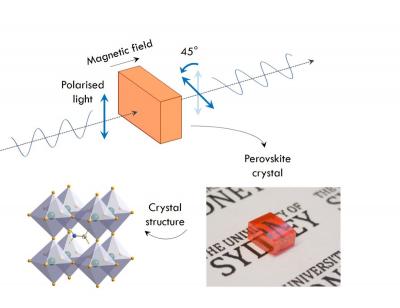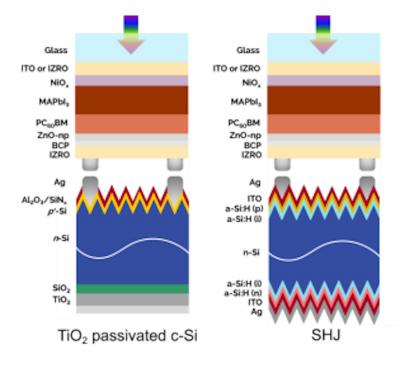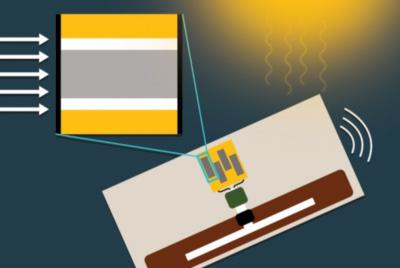Graphene "shield" improves the stability of perovskite solar cells
A UNIST research team has developed an electrode that can significantly improve the stability of perovskite solar cells. UNIST announced that its research team developed 'flexible and transparent metal electrode-based perovskite solar cells with a graphene interlayer'.

The team suppressed interdiffusion and degradation using a graphene material with high impermeability, the team said. Team leader professor Hyesung Park commented that the research will greatly help not only solar cells but other perovskite-based flexible photoelectric devices such as LEDs and smart sensors.


